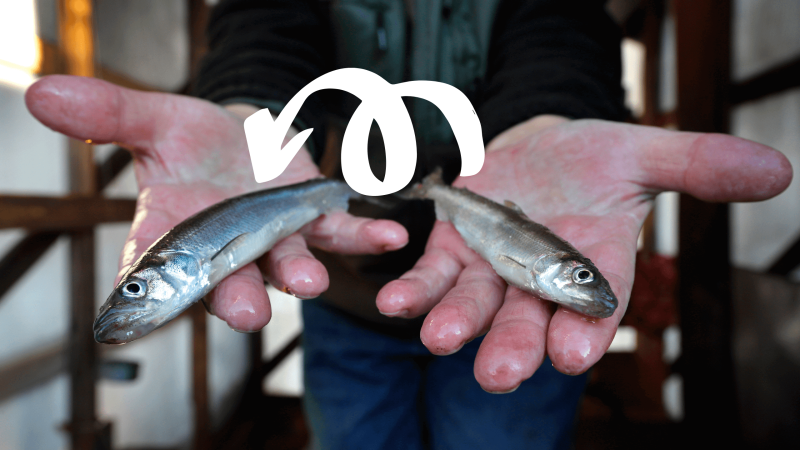It isn’t surprising… that herrings and smelts, two groups of fish that commonly roam the northernmost reaches of the Atlantic and Pacific Oceans, both make [anti-freezing proteins, or AFPs]. But it is very surprising, even weird, that both fish do so with the same AFP gene — particularly since their ancestors diverged more than 250 million years ago and the gene is absent from all the other fish species related to them.
A March paper in Trends in Genetics holds the unorthodox explanation: The gene became part of the smelt genome through a direct horizontal transfer from a herring.
…
Laurie Graham, a molecular biologist at Queen’s University in Ontario and lead author on the paper, knows she’s making a bold claim in arguing for the direct transfer of a gene from one fish to another. That kind of horizontal DNA movement once wasn’t imagined to happen in any animals, let alone vertebrates. Still, the more she and her colleagues study the smelt, the clearer the evidence becomes.
Nor are the smelt unique. Recent studies of a range of animals — other fish, reptiles, birds and mammals — point to a similar conclusion: The lateral inheritance of DNA, once thought to be exclusive to microbes, occurs on branches throughout the tree of life.































